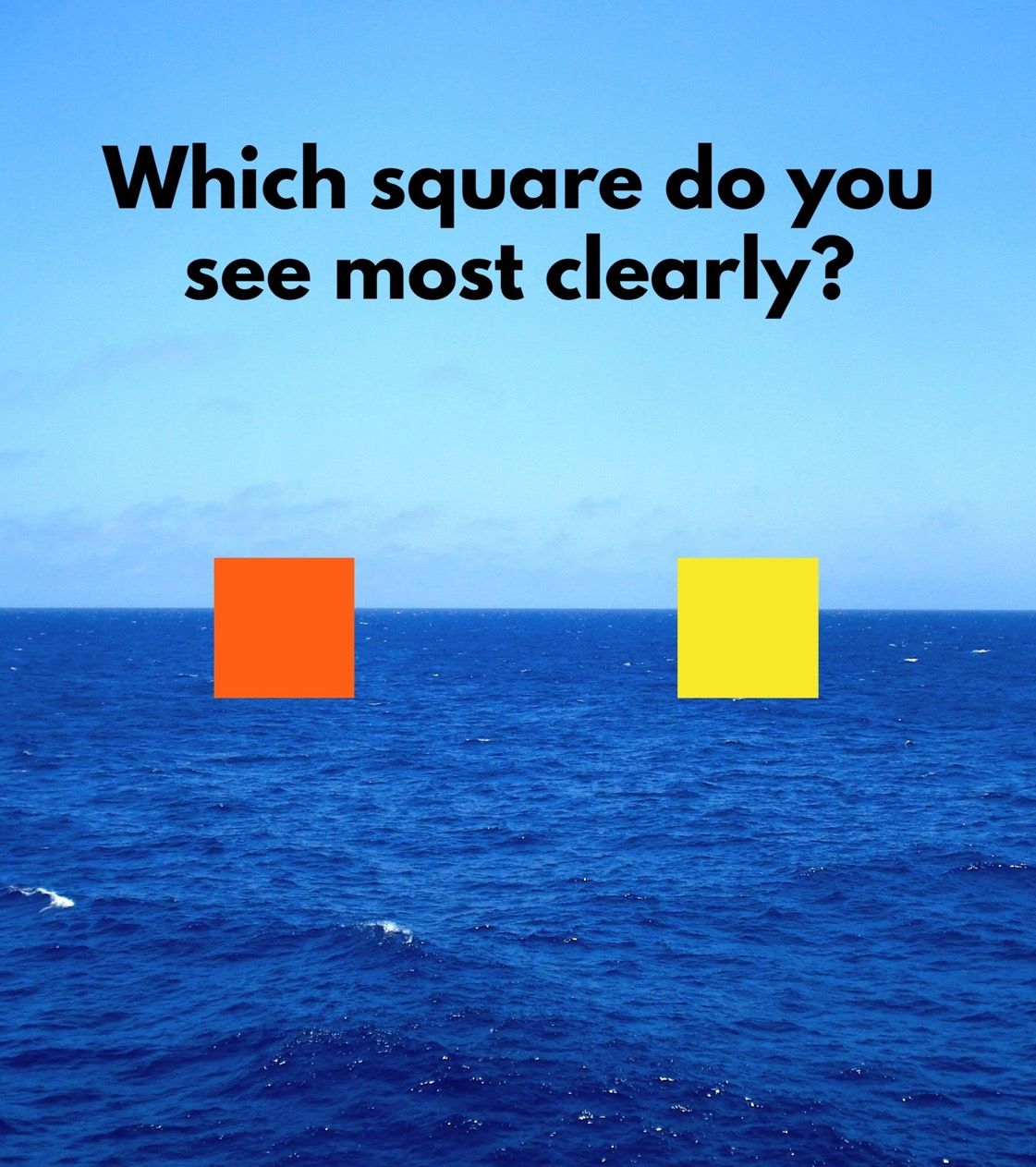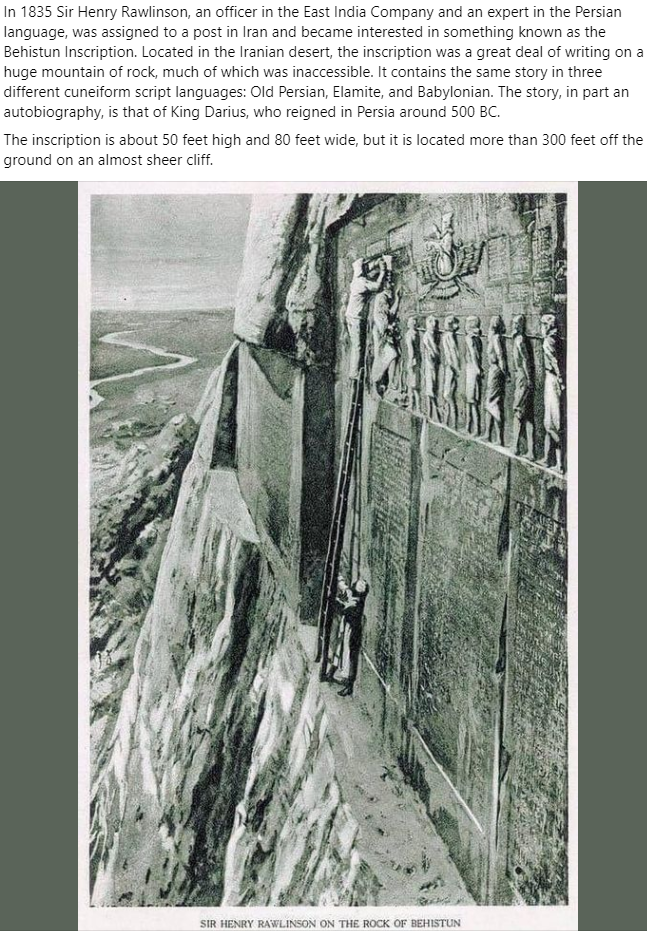Mildly interesting
-
@Copper said in Mildly interesting:
No fold, he must have used a large envelope, wasteful government spending.
@jon-nyc Why would it have been addressed to the Secretary of State? Why not the VP?
-
-
Aw c'mon, every teacher knows to make the student face their demons. The guy in the tower should have said, "look, go to 1500, you're going to freak out, probably go into a stall, and tumble towards the ground with the plane ripping itself apart and you'll die in a fiery explosion, in agony, and screaming in horror."
Or, take a deep breath and try again. Up to you, babe.
I am a natural teacher you see. Don't know why, I just got it. Instinct.
-
That was really bad. I have never heard anyone, flying solo, sound anywhere near that bad.
I have had a few students sound like that, but I was sitting in the plane with them.
@Copper said in Mildly interesting:
That was really bad. I have never heard anyone, flying solo, sound anywhere near that bad.
I have had a few students sound like that, but I was sitting in the plane with them.
Will she ever be allowed to fly a plane again? To me, that video indicates that she shouldn't.
-
@Copper said in Mildly interesting:
That was really bad. I have never heard anyone, flying solo, sound anywhere near that bad.
I have had a few students sound like that, but I was sitting in the plane with them.
Will she ever be allowed to fly a plane again? To me, that video indicates that she shouldn't.
@Klaus said in Mildly interesting:
Will she ever be allowed to fly a plane again? To me, that video indicates that she shouldn't.
Maybe. I'd say she has a 15-20% chance of ever soloing.
My guess is that she will quit and never come back.
The rule-of-thumb is that only about 20% of those who start private training will earn a private certificate.
There are many reasons, time and money are the big reasons, fear is another, but it doesn't get as much mention.
-
The secret to making fare collection in Japanese buses more efficient turns out to be human hair — particularly Indian people's hair.
Using human hair for fare boxes has reportedly been something Japanese buses have been doing for decades now.
Some bus companies experimented with different materials in the past, including plastic and animal hair, but they found more success after using human hair.
Chinese people’s hair was used in Japanese buses before, but bus companies seem to prefer Indian people’s hair as they have "just the right firmness and electrostatic properties for the job."
Passengers can put both tickets and coins in the fare boxes of Japanese buses. Hair, which is gathered to resemble small brushes, essentially serves as filters in the boxes to separate the tickets from the coins. The hair catches the tickets but lets the coins pass through because of their weight. The whole process lasts for just a few seconds.
-

Normally yellow is the most visible colour: it grabs our attention and we can see it from far away.
Hence warning signs, high-vis jackets, road markings, police tape, school buses, and taxis are almost always yellow.
But yellow isn't always the most visible colour. See, orange is more visible in one specific context: when it is contrasted with blue.
That's because orange and blue are complementary colours. This means that, when mixed, they cancel each other out. But, when placed alongside one another, they create a powerful, luminous, highly visible contrast.
And this fact is important because... lots of the world is blue: the sky and the ocean.
Hence lifeboats and lifebuoys and liferafts all around the world are orange — rather than yellow, the usual colour of safety equipment. If you pay attention, you'll notice that most objects relating to safety and caution around the ocean are, indeed, orange.
It's why the Golden Gate Bridge was painted orange — a particular shade which has come to be known as "International Orange" — so that it would stand out more clearly against the water and in heavy fog.
And it's also why astronauts wear orange suits during lift-off and ascent, and when they return to Earth; this makes them much easier to spot if they land in the ocean.
The "black box" recording device in aeroplanes is not actually black; they are legally required to be painted bright orange because that makes them much easier to find when planes go down over water.
The fact that orange and blue are complementary colours was also exploited by the Impressionist and Post-Impressionist artists of the late 19th century.
Think of Vincent van Gogh's Starry Night or Café Terrace at Night, in which he contrasted oranges and blues to create his famously vivid swirls of colour and light.
Claude Monet, too, in his paintings of Haystacks and of Venice, frequently used the complementary contrast between orange and blue because of the clarity and luminosity they produced.
Many things in the world are a coincidence, but the fact that lifeboats, space suits, the paintings of Vincent van Gogh, and the Golden Gate Bridge are all orange is not one of them.
-

Normally yellow is the most visible colour: it grabs our attention and we can see it from far away.
Hence warning signs, high-vis jackets, road markings, police tape, school buses, and taxis are almost always yellow.
But yellow isn't always the most visible colour. See, orange is more visible in one specific context: when it is contrasted with blue.
That's because orange and blue are complementary colours. This means that, when mixed, they cancel each other out. But, when placed alongside one another, they create a powerful, luminous, highly visible contrast.
And this fact is important because... lots of the world is blue: the sky and the ocean.
Hence lifeboats and lifebuoys and liferafts all around the world are orange — rather than yellow, the usual colour of safety equipment. If you pay attention, you'll notice that most objects relating to safety and caution around the ocean are, indeed, orange.
It's why the Golden Gate Bridge was painted orange — a particular shade which has come to be known as "International Orange" — so that it would stand out more clearly against the water and in heavy fog.
And it's also why astronauts wear orange suits during lift-off and ascent, and when they return to Earth; this makes them much easier to spot if they land in the ocean.
The "black box" recording device in aeroplanes is not actually black; they are legally required to be painted bright orange because that makes them much easier to find when planes go down over water.
The fact that orange and blue are complementary colours was also exploited by the Impressionist and Post-Impressionist artists of the late 19th century.
Think of Vincent van Gogh's Starry Night or Café Terrace at Night, in which he contrasted oranges and blues to create his famously vivid swirls of colour and light.
Claude Monet, too, in his paintings of Haystacks and of Venice, frequently used the complementary contrast between orange and blue because of the clarity and luminosity they produced.
Many things in the world are a coincidence, but the fact that lifeboats, space suits, the paintings of Vincent van Gogh, and the Golden Gate Bridge are all orange is not one of them.
@bachophile said in Mildly interesting:
Many things in the world are a coincidence, but the fact that lifeboats, space suits, the paintings of Vincent van Gogh, and the Golden Gate Bridge are all orange is not one of them.
I once had to work in a weedkiller plant. The stuff was so no nasty that ICI didn't want any of the workers inadvertently wandering into one of their other hideous chemical plants. They made us wear orange jumpsuits so that we'd stand out.
Also, it made finding the dead bodies easier.
-
-
-

